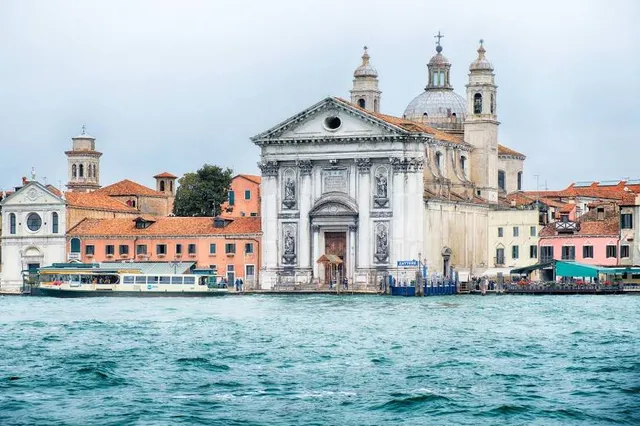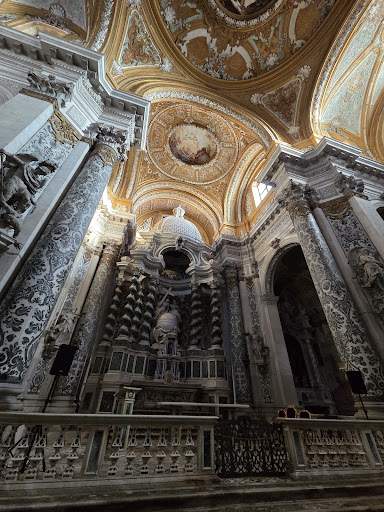Chiesa di Santa Maria Assunta detta I Gesuiti things to do, attractions, restaurants, events info and trip planning
Basic Info
Chiesa di Santa Maria Assunta detta I Gesuiti
Salizada dei Spechieri, 4877, 30121 Venezia VE, Italy
4.7(523)
Open 24 hours
Save
spot
spot
Ratings & Description
Info
The church of Santa Maria Assunta, known as I Gesuiti, is a religious building in Venice, Italy. It is located in the sestiere of Cannaregio, in Campo dei Gesuiti, not far from the Fondamenta Nuove.
Cultural
Scenic
Accessibility
attractions: Oratory of Crociferi, Palazzo Donà dalle Rose, Ponte Chiodo, Rialto Bridge, Basilica dei Santi Giovanni e Paolo, Chiesa di Santa Caterina, Church of Saint Mary of Miracles, Palazzo Albrizzi - Capello, Galleria Giorgio Franchetti alla Ca' d'Oro, Chiesa dell'Abbazia della Misericordia, restaurants: Algiubagio Restaurant, Puppa Bar Venezia, Trattoria Storica, Osteria Alla Frasca, Ristorante Pizzería Da Alvise, Tortuga, Pizzeria Snack Bar Cupido, Osteria al Tajer, il Caffegelato, Ristorante Vecia Cavana
 Learn more insights from Wanderboat AI.
Learn more insights from Wanderboat AI.Phone
+39 041 528 6579
Website
gesuiti-venezia.it
Plan your stay

Pet-friendly Hotels in Venice
Find a cozy hotel nearby and make it a full experience.

Affordable Hotels in Venice
Find a cozy hotel nearby and make it a full experience.

The Coolest Hotels You Haven't Heard Of (Yet)
Find a cozy hotel nearby and make it a full experience.

Trending Stays Worth the Hype in Venice
Find a cozy hotel nearby and make it a full experience.
Reviews
Nearby attractions of Chiesa di Santa Maria Assunta detta I Gesuiti
Oratory of Crociferi
Palazzo Donà dalle Rose
Ponte Chiodo
Rialto Bridge
Basilica dei Santi Giovanni e Paolo
Chiesa di Santa Caterina
Church of Saint Mary of Miracles
Palazzo Albrizzi - Capello
Galleria Giorgio Franchetti alla Ca' d'Oro
Chiesa dell'Abbazia della Misericordia
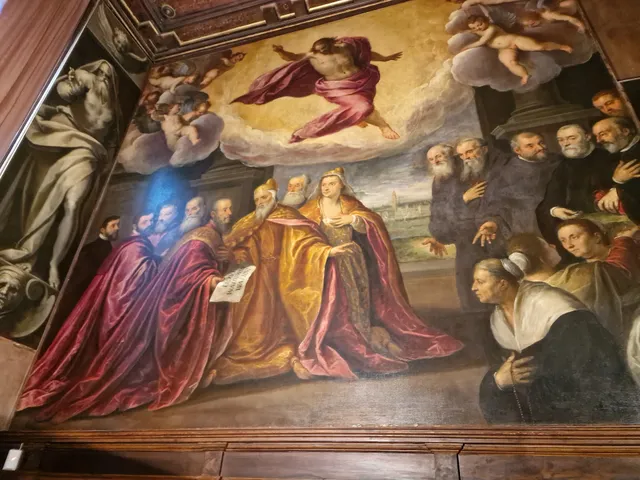
Oratory of Crociferi
4.5
(48)
Open 24 hours
Click for details

Palazzo Donà dalle Rose
4.6
(24)
Open 24 hours
Click for details
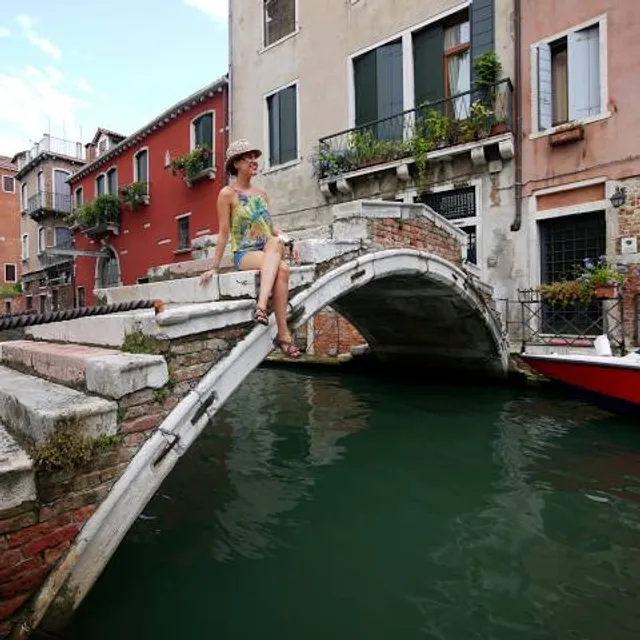
Ponte Chiodo
4.6
(971)
Open 24 hours
Click for details
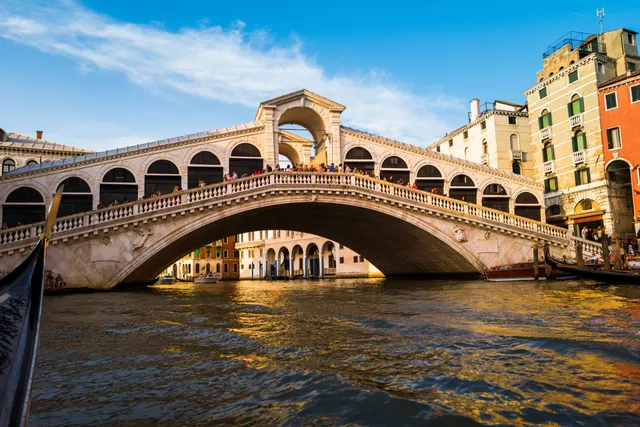
Rialto Bridge
4.7
(60.3K)
Open 24 hours
Click for details
Things to do nearby

Legends, Ghosts and Ghouls of Venice
Fri, Dec 26 • 9:00 PM
30121, Venice, Veneto, Italy
View details
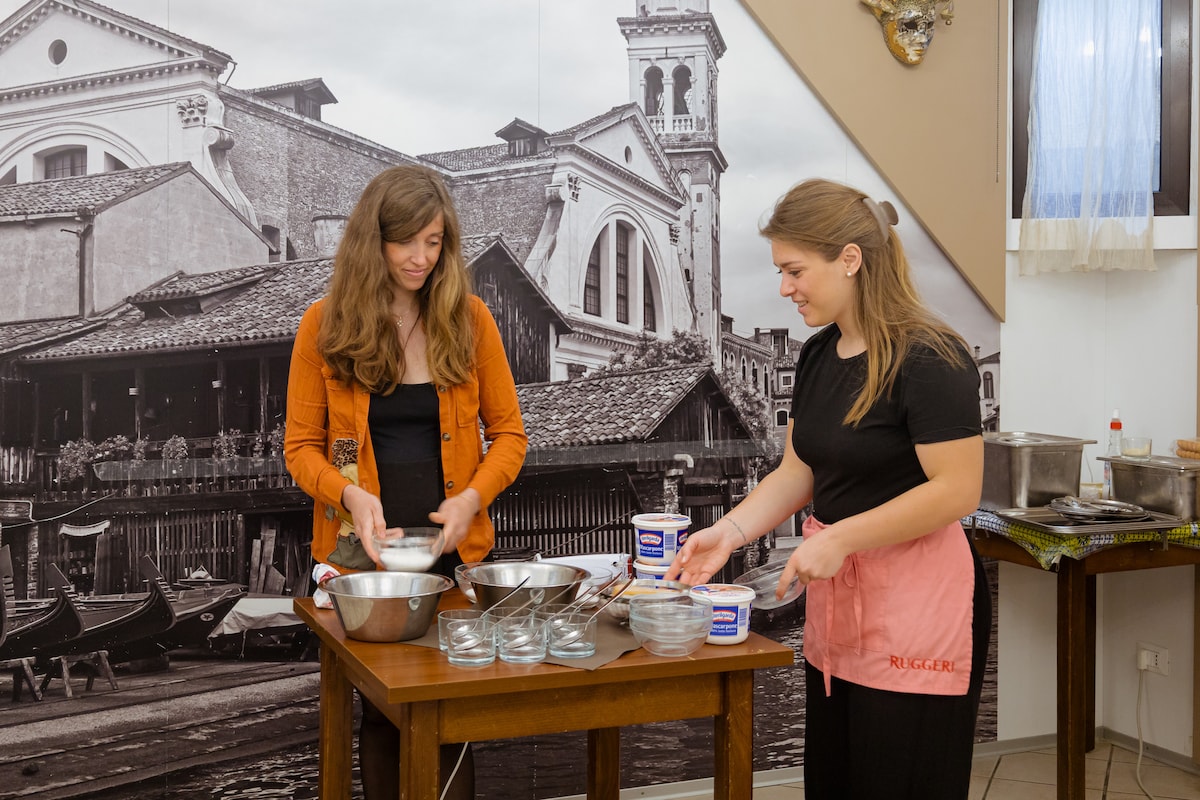
Venice Pasta and Tiramisu Cooking Class with Wine
Fri, Dec 26 • 10:30 AM
30123, Venice, Veneto, Italy
View details

CAPODANNO 2026 ANDA VENICE New Years Eve
Wed, Dec 31 • 10:30 PM
10 Via Ortigara, 30171 Mestre
View details
Nearby restaurants of Chiesa di Santa Maria Assunta detta I Gesuiti
Algiubagio Restaurant
Puppa Bar Venezia
Trattoria Storica
Osteria Alla Frasca
Ristorante Pizzería Da Alvise
Tortuga
Pizzeria Snack Bar Cupido
Osteria al Tajer
il Caffegelato
Ristorante Vecia Cavana
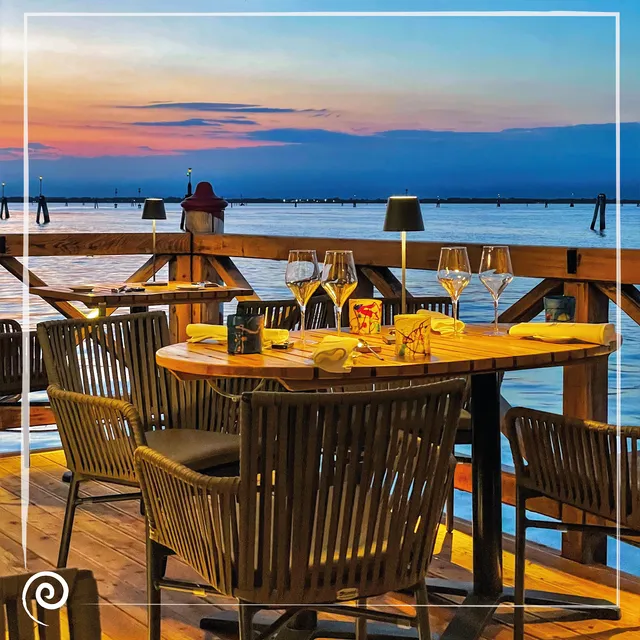
Algiubagio Restaurant
4.4
(853)
$$
Click for details
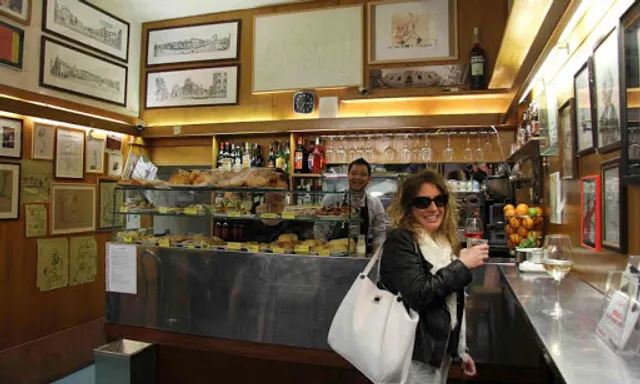
Puppa Bar Venezia
4.5
(1.8K)
Click for details
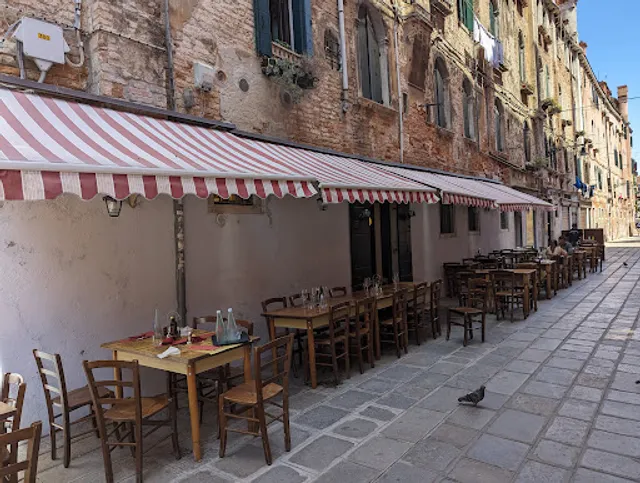
Trattoria Storica
4.3
(593)
$$
Click for details
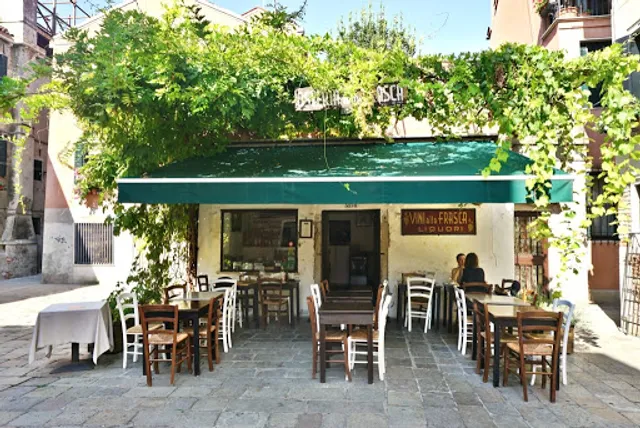
Osteria Alla Frasca
4.6
(741)
$$
Click for details
